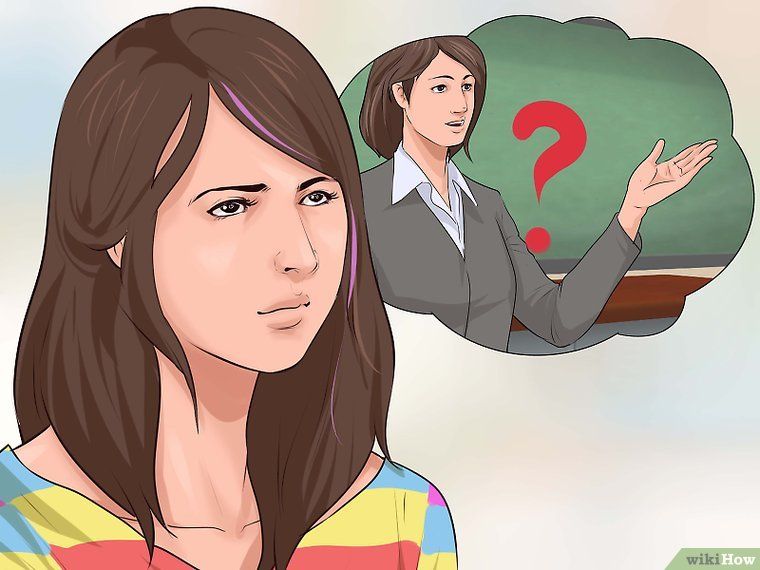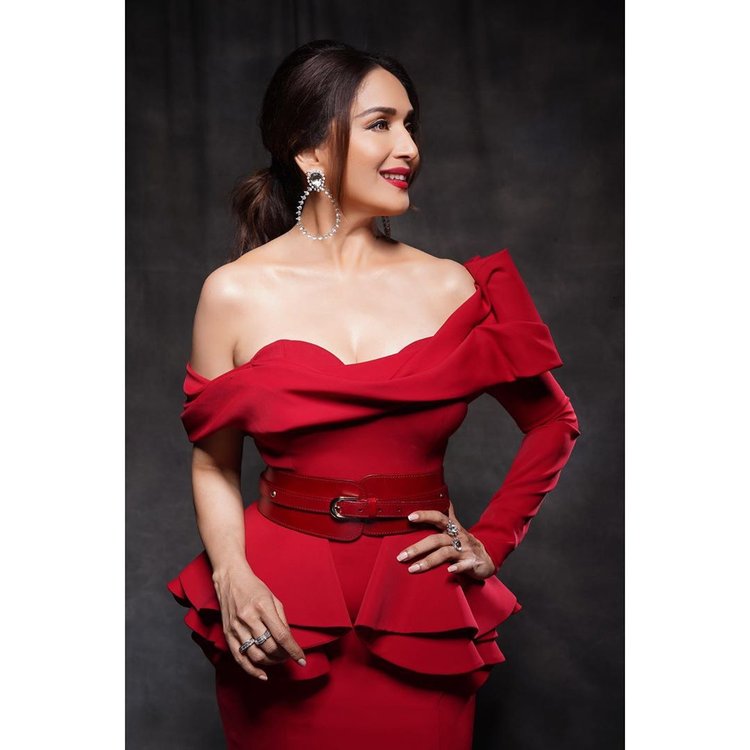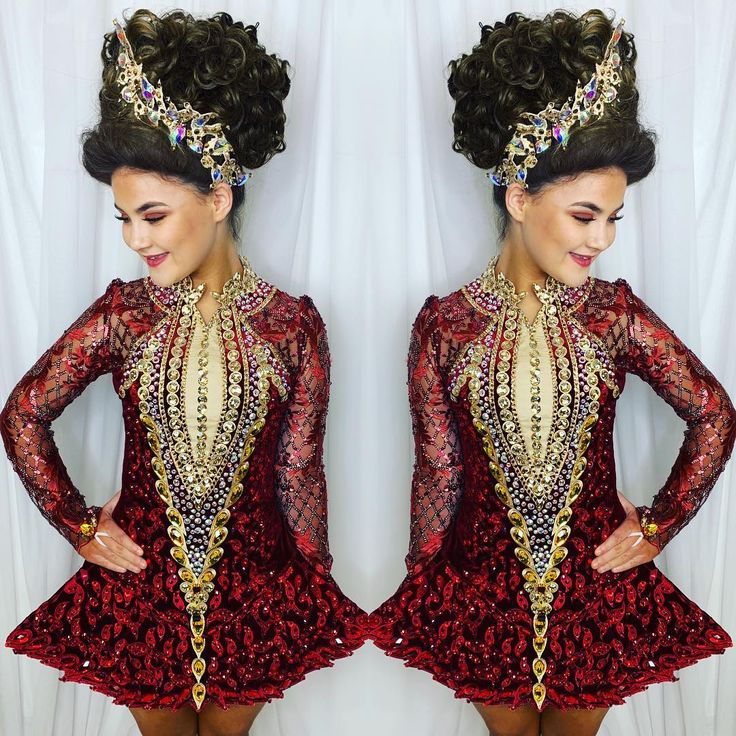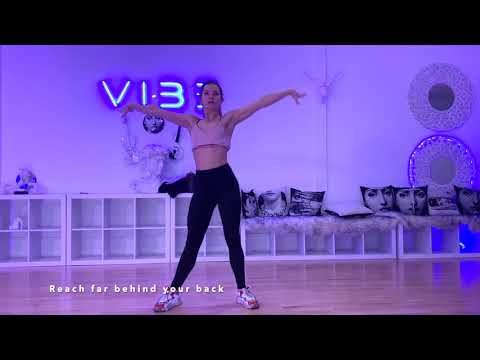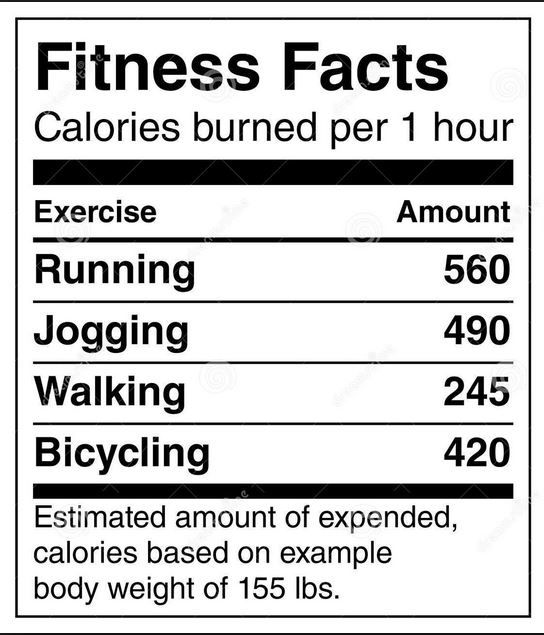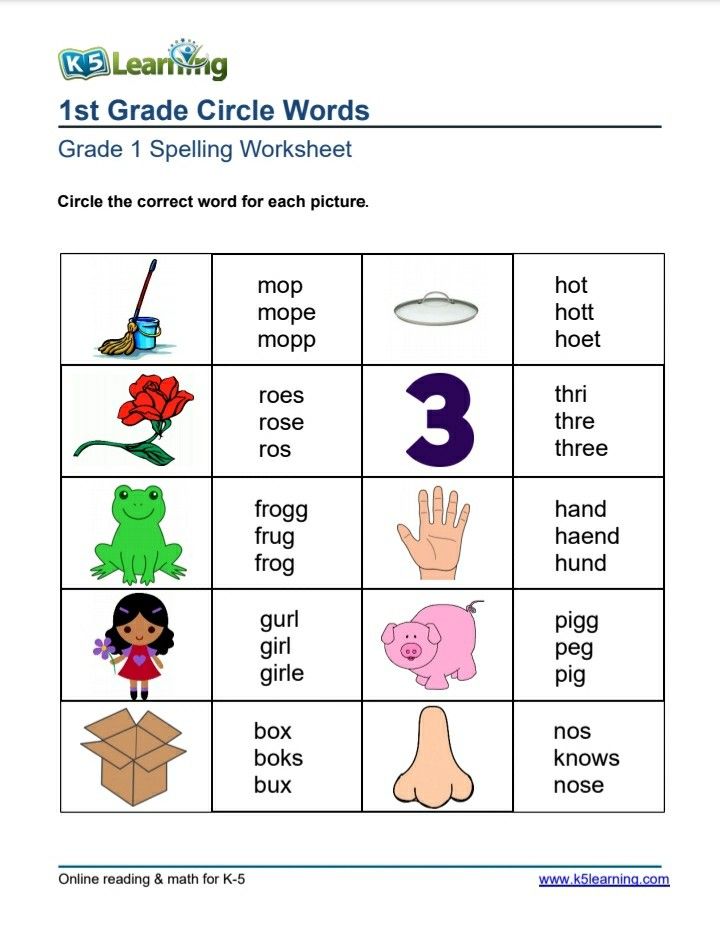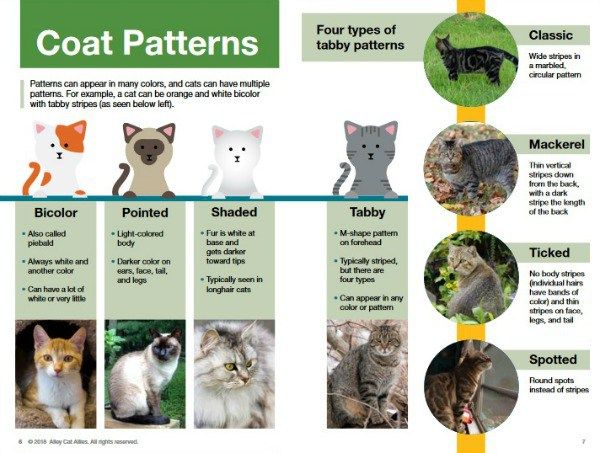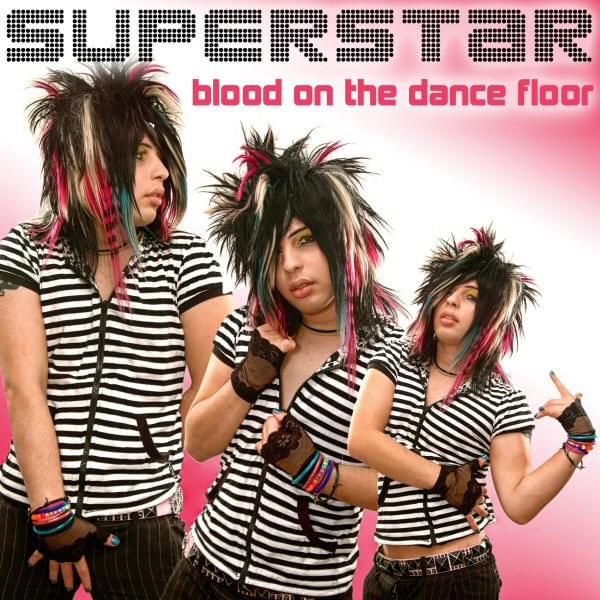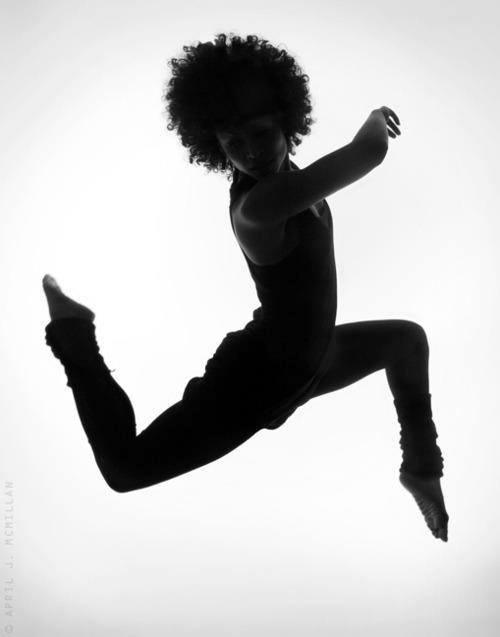How to become a dance professor
How To Become A Dance Professor
Home / Blogs / How To Become A Dance Professor
Dance Ed Tips | 27 April, 2022
Ready to share your passion for dance in the university setting? Teaching dance in higher education provides amazing growth opportunities for you as an educator, and also as a dance intellect. At this level, you’re able to have many thoughtful conversations about dance with the next generation of professionals. You will also have the chance to connect with new-to-dance students as many take dance classes as electives. Teaching students a new skill at this age is challenging, exciting, and altogether part of what makes higher education so special.
Mostly those applying for higher education teaching jobs have prior teaching experience. However, depending on the setting, environment, and student population, the qualifications will be different. Let’s focus on specifics for teaching dance in higher education.
What do you need to be a dance teacher?
In order to be a dance teacher you need to have two types of knowledge: content knowledge and pedagogical knowledge.
Content knowledge is knowledge about the thing that you are teaching. In this case, it’s dance. As a dance teacher you should know the movement practices, the terminology, the cultural and historical context, and the anatomical function of the dance style you are teaching.
Pedagogical knowledge is knowledge about how to teach. This means understanding how people learn at various developmental stages and being able to implement strategies that help them gain skills and understanding.
When teaching dance both these worlds come together to form Pedagogical Content Knowledge: this is specific educational strategies to teach a particular content area. For us, it’s becoming experts on how to teach dance specifically.
No matter where you teach dance (a studio, a PK-12 school, or a university)you will need to have pedagogical content knowledge, but the qualifications, degrees, and work experience you have will also determine which kind of jobs you can apply for.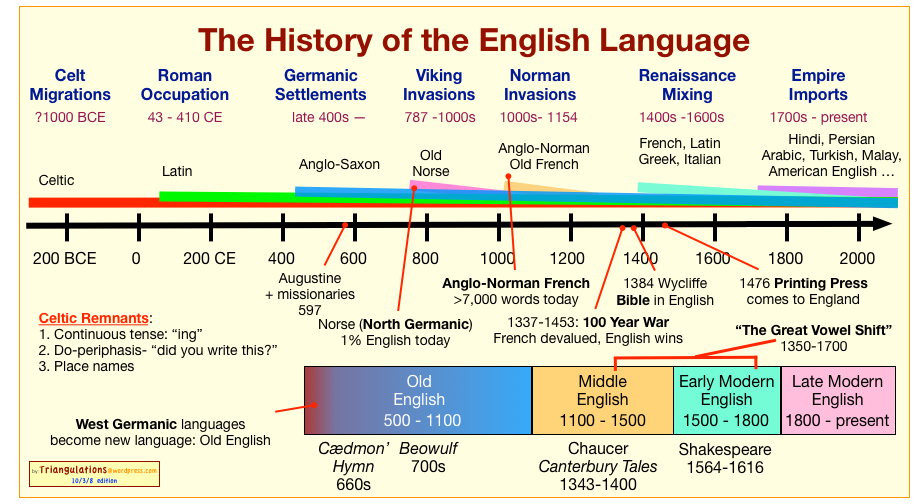
In addition to this, dance teachers are expected to:
- Teach and perform a variety of dance styles
- Create sequential and developmentally-appropriate lesson plans in those dance styles
- Choreograph in those dance styles
- Guide students safely through a warm up, conditioning, stretching, exercises, choreography and cool down
- Provide historical, cultural, artistic, and pedagogical context to their dance teaching
- Put on a performance with music, costumes, and lighting
- Implement classroommanagement strategies
- Differentiate their teaching for varying learners’ needs
- Create an emotionally safe space where students can grow and learn
- Continue their own education
- And much more
How to become a Dance Professor
Now, let’s talk about becoming acollege dance professor in higher education. Dance professors are experts in our field who are sharing their knowledge, methodologies, and artistry at a collegiate level. Most universities look to hire professors who have a Doctoral or Masters degree in dance or a closely related field. They also look for individuals who engage in scholarly dance work including:
Most universities look to hire professors who have a Doctoral or Masters degree in dance or a closely related field. They also look for individuals who engage in scholarly dance work including:
- Creating, performing, and/or sharing choreographic work
- Dancing and performing professionally
- Conducting research in the dance and dance education field
- Publishing findings and best practices in dance and dance education journals
- Presenting on dance and dance education at regional, national, and international conferences
- Being a leader in national dance and dance education organizations and committees
- And more
The application process for university positions is rigorous and competitive. Many universities ask for applicants to submit a Curriculum Vitae, cover letter, research statement, teaching philosophy, diversity and inclusion statement, sample syllabus and much more. Lastly, if selected as a candidate, be ready to teach a sample lesson and to be interviewed by faculty and students.
A great way to begin your journey to becoming a full-time dance professor is to begin as an adjunct, or a part-time professor. This will get you some experience teaching in higher education, help you build a network in this sector, and will be a good addition to your resume.
What are you expected to teach as a Dance Professor?
As a dance professor, what you are expected to teach is often outlined in the job posting. Depending on the position, some positions might ask that you are an expert in certain dance styles or cultural dance forms or ask that you are qualified to teach specialized courses like: dance history, anatomy, improvisation, choreography, etc. Although this might be written in the job description, your actual course load for each semester might change or vary depending on the changing needs of the department.
You might also be asked to mentor students through an independent study, senior practicum, or choreographic process along with being part of a variety of committees within and outside of the dance department. Some universities also require full-time professors to act as advisors who help students with registering for classes each semester. If you are interviewing for a university position, be sure to ask what other requirements will be asked of you in addition to teaching classes. This will help you gauge the full scope of the position so you won’t be surprised later.
Some universities also require full-time professors to act as advisors who help students with registering for classes each semester. If you are interviewing for a university position, be sure to ask what other requirements will be asked of you in addition to teaching classes. This will help you gauge the full scope of the position so you won’t be surprised later.
In closing
If you’re reading all this and thinking “Being a dance teacher is a lot of work,” that’s great! Dance education as a profession, calling, or job is often underappreciated and much of the work that goes on behind the scenes is unrecognized. Unfortunately, many individuals believe that just because they are a talented dancer that automatically makes them agreat dance teacher and that just isn’t true. Teaching dance in all settings requires a commitment and understanding of dance as an artform AND commitment and understanding of how people learn. We at Dance Ed Tips have helped thousands of dance teachers in all stages of their careersbecome better dance educators through our resources, ongoing education, and membershipand we know we can do the same for you!
by Dance Ed Tips | 02 November, 2022 |
by Dance Ed Tips | 04 October, 2022 |
Dance Professor - Salary, How to Become, Job Description & Best Schools
How to Become a
The complete career guide to be a Dance Professor: salary, job growth, employers, best schools, and education you may need to get started.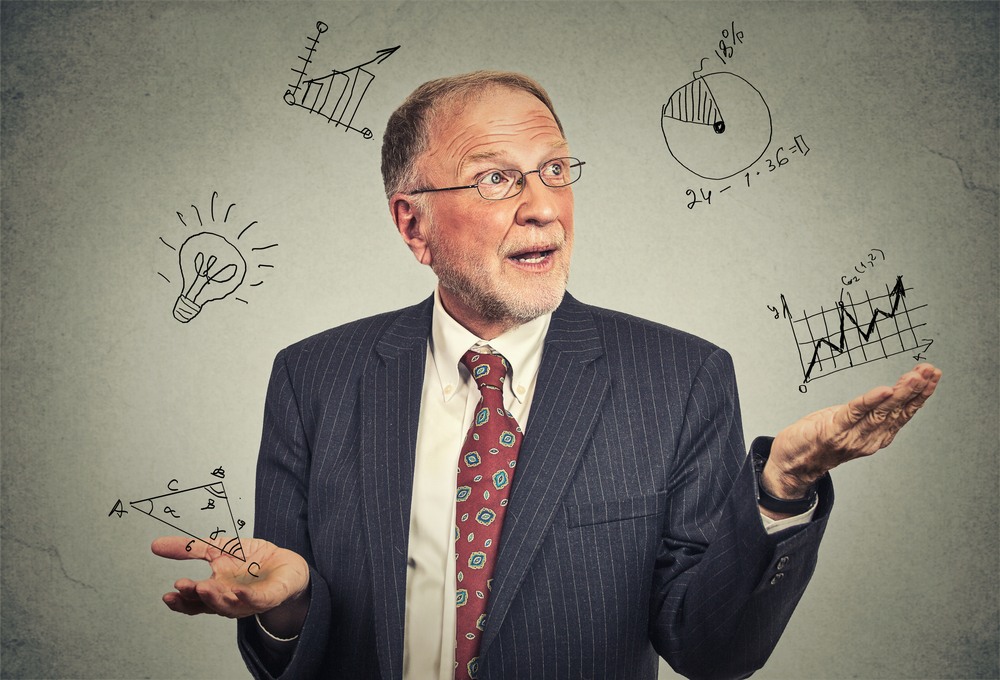
Why We Love It
Dance professors teach college courses in disciplines related to dance, including dance history, theory, choreography, and techniques like ballet, hip hop, contemporary, and jazz. They may teach both introductory and advanced courses, and they also create syllabi, lead courses, and grade assignments.
Recommended Schools
What is a Dance Professor?
The following job responsibilities are common for individuals in dance professor roles:
- Teach college courses in disciplines related to dance
- Create course syllabi and lesson plans
- Grade student assignments and performances
- Perform a variety of administrative tasks in support of the music, dance, or theater department
- Coordinate or assist with college musical, dance, and theater performances
A Day in the Life of a Dance Professor
Dance professors teach courses related to dance to undergraduate and graduate students at colleges and universities. They may teach both introductory and advanced courses. For example, a dance professor may teach an introduction to dance class to undergraduate students that is mostly textbook- and lecture-based, or he/she may teach very advanced courses that help students perfect their techniques in dance styles like ballet, hip-hop, jazz, contemporary, Latin, or ballroom. At the advanced level, professors are often practitioners of the styles of dance they teach.
They may teach both introductory and advanced courses. For example, a dance professor may teach an introduction to dance class to undergraduate students that is mostly textbook- and lecture-based, or he/she may teach very advanced courses that help students perfect their techniques in dance styles like ballet, hip-hop, jazz, contemporary, Latin, or ballroom. At the advanced level, professors are often practitioners of the styles of dance they teach.
In addition to teaching courses, dance professors must plan coursework and grade student assignments. They may be responsible for suggesting new courses to department leadership, creating the syllabi for courses they’re scheduled to teach, and creating lesson plans for upcoming classes. They also design and grade student assignments and submit final grades for students at the end of a semester. Often, dance professors spend more time preparing for courses than they do teaching in the classroom.
Most dance professors have additional responsibilities outside of the classroom. They may have to work on committees supporting the school’s dance or theater department, they may serve as advisors to dance department students, or they may be required to assist with or coordinate dance and theater performances offered by the school. Dance professors also frequently practice dance in their personal lives, or they may act as choreographers outside of the classroom to gain practical experience.
They may have to work on committees supporting the school’s dance or theater department, they may serve as advisors to dance department students, or they may be required to assist with or coordinate dance and theater performances offered by the school. Dance professors also frequently practice dance in their personal lives, or they may act as choreographers outside of the classroom to gain practical experience.
Typical Work Schedule for Dance Professors
Dance professors usually have flexibility in their schedules and can choose the hours and days they want to teach. They may also choose to teach courses over the summer or take summers off of work. However, most professors often work long hours outside of the classroom and may work evenings or weekends preparing lesson plans for upcoming classes.
Projected Job Growth for Dance Professors
Demand for professors of all types is expected to grow significantly in the coming decade as higher education becomes more accessible and more unavoidable. With most employers now requiring employees to hold college degrees, the demand for professors is expected to grow to meet increased interest in postsecondary education.
With most employers now requiring employees to hold college degrees, the demand for professors is expected to grow to meet increased interest in postsecondary education.
Career Progression
- Early Career: Dancer, Choreographer, Adjunct Dance Instructor
- Mid-Career: Assistant Dance Professor, Associate Dance Professor
- Late Career: Dance Professor, Assistant Dean, Dean
Typical Employers
Dance professors are hired by colleges and universities to work in schools with music, dance, and/or theater departments and dance degree programs.
Recommended Schools
How To Become a Dance Professor
The first step in becoming a dance professor is to earn a bachelor’s degree in a related discipline. Students commonly pursue either a bachelor of arts or bachelor of fine arts in dance, music, or theater. The degree can be theoretical—studying the history and application of dance—or it can be practical, focused on education and perfection of one or more dance styles.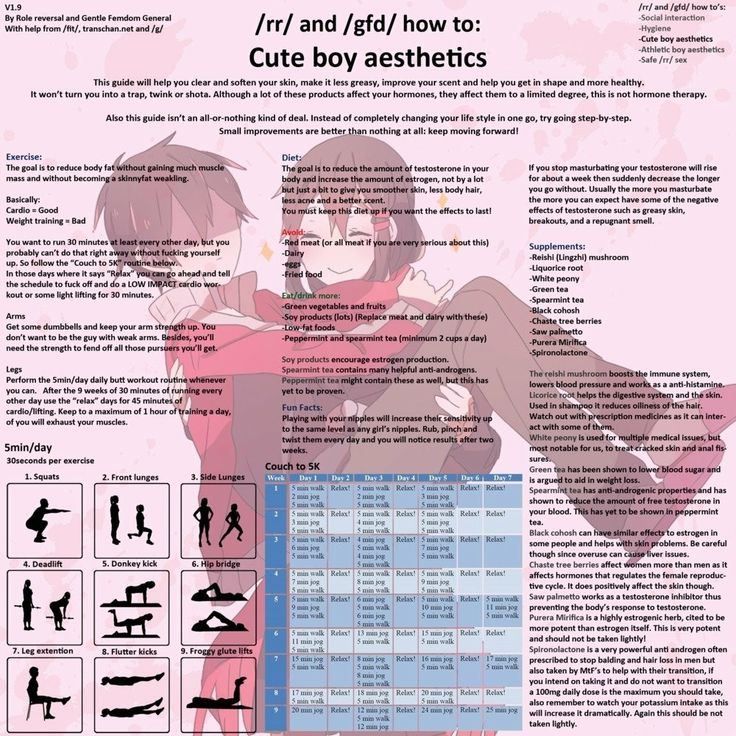 The focus of your study is flexible, but will likely become your teaching specialization when you become a professor.
The focus of your study is flexible, but will likely become your teaching specialization when you become a professor.
The next step is to earn a master’s degree. Again, students can choose between a master of arts or master of fine arts, and again you’ll likely need to choose a focus area. You’ll also want to start gaining experience in the field during this time. Some colleges offer teaching assistantships to graduate students that provide opportunities to teach undergraduate courses while you pursue your master’s degree. You may also be able to find adjunct teaching positions or teach dance classes for studios that serve children.
With a master’s degree and professional teaching or performing experience, you may qualify for open dance professor roles. While some colleges may also require professors to hold a Ph.D., this is uncommon for dance professors. First, you’ll need to find a tenure-track position. If you’re successful in the duration of the tenure-track contract, you’ll be able to move into tenured associate or assistant professor roles, and eventually can become a full dance professor.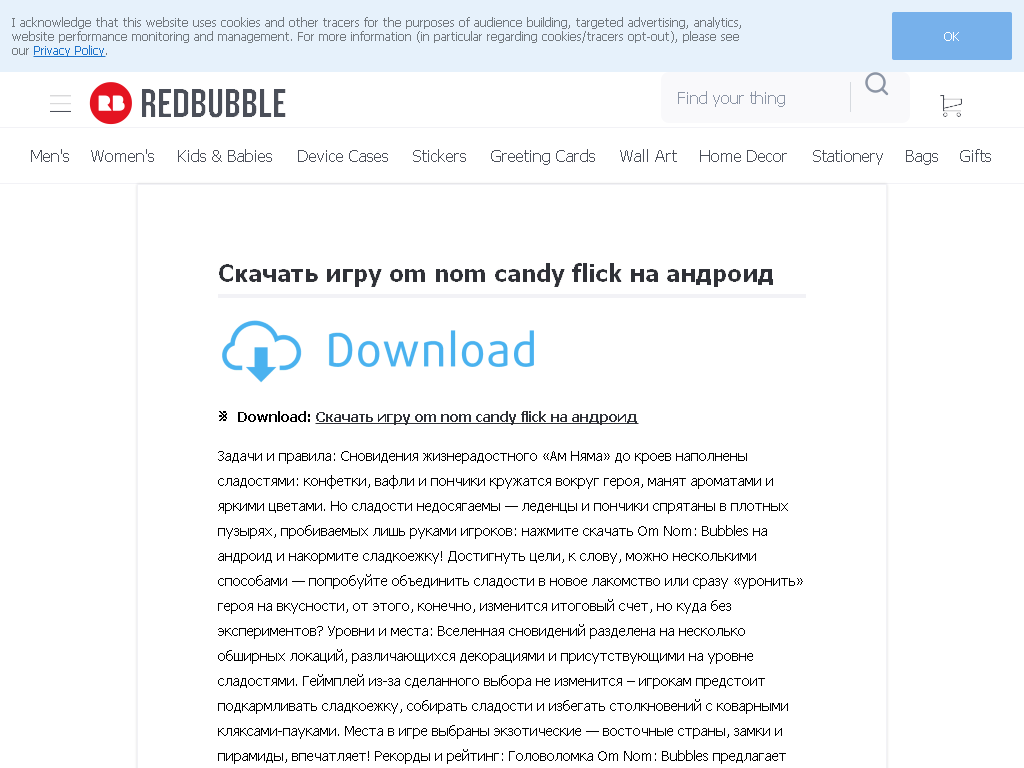
Dance Professor Salary Data
We’ve provided you the following to learn more about this career. The salary and growth data on this page comes from recently published Bureau of Labor Statistics data while the recommendations and editorial content are based on our research.
National Anual Salary
Low Range
$47,120Average
$76,710High Range
$129,150National Hourly Wage
Low Range
---Average
---High Range
---How do Dance Professor salaries stack up to other jobs across the country? Based on the latest jobs data nationwide, Dance Professor's can make an average annual salary of $76,710, or --- per hour. On the lower end, they can make $47,120 or --- per hour, perhaps when just starting out or based on the state you live in.
On the lower end, they can make $47,120 or --- per hour, perhaps when just starting out or based on the state you live in.
Salary Rankings And Facts
Programs and Degrees
Here are the most common degrees for becoming a Dance Professor. a is usually recommended and specifically a degree or coursework that prepares you for the particular field, see below.
-
Dance
Highest Education Among Dance Professors
- 43.3% Doctorate
- 35.7% Masters
- 16.2% Bachelors
- 2% Associates
- 2.4% College
- 0.2% High School
- 0.2% Less than High School
Job Growth Projections and Forecast
2014 Total Jobs
120,7002024 Est.
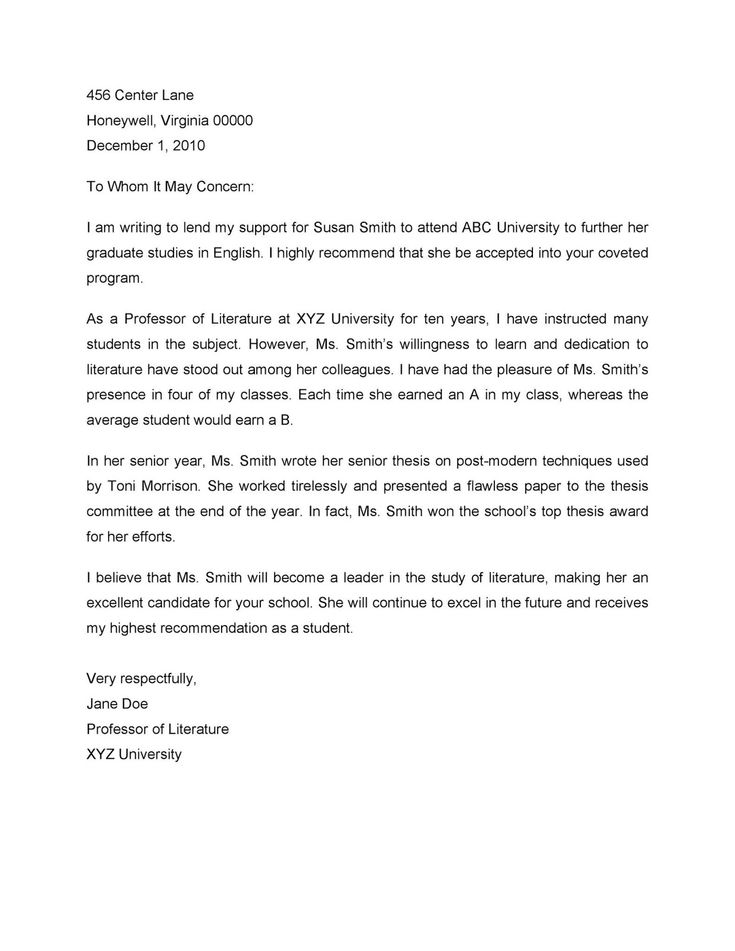 Jobs 133,700
Jobs 133,700 Job Growth Rate
10.8%Est. New Jobs
13,000How does Dance Professor job growth stack up to other jobs across the country? By 2024, there will be a change of 13,000 jobs for a total of 133,700 people employed in the career nationwide. This is a 10.8% change in growth over the next ten years, giving the career a growth rate nationwide of Above Average.
Growth Rankings And Facts
What Companies Employ The Most Dance Professors
| Industry | Current Jobs | New Jobs Needed | % Increase |
|---|---|---|---|
| Colleges, universities, and professional schools; private | 56,000 | 7,600 | 8% |
| Colleges, universities, and professional schools; state | 36,400 | 1,400 | 1% |
| Junior colleges; local | 13,900 | 1,900 | 2% |
Want To Be a Dance Professor? Get Started!
Generate your free SmartPlan™ to identify colleges you like, and potential ways to save on a degree or certification program toward your career with courses, offers, and much more!
Enroll Now and Get Started
or Learn More →
What do you need to do to become a winner?
Olga Viktorovna Yershova, well-known choreographer in ballroom dancing, candidate of pedagogical sciences, professor of Moscow State University of Culture and Arts, head of Olga Ershova's Dance Salon:
For many years I have been watching competitions in dance sports.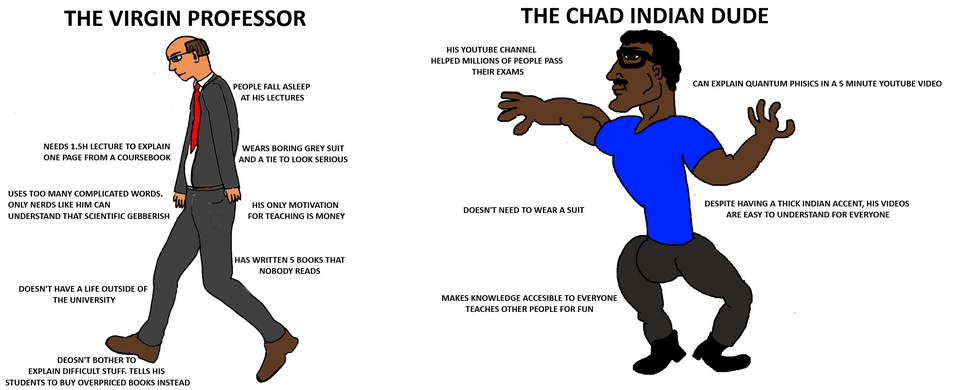 I analyze the creative potential of dancers, the titanic work of coaches , dedication of parents.And every time I am convinced that the dance duet that is most sports-choreographically and emotionally-psychologically prepared comes to victory.0005
I analyze the creative potential of dancers, the titanic work of coaches , dedication of parents.And every time I am convinced that the dance duet that is most sports-choreographically and emotionally-psychologically prepared comes to victory.0005
In sports ballroom dancing, in addition to excellent dance training, worked out schemes corresponding to the age category and class, set and trained by the leading coaches of the couple, there must be initial "data" for dancing: the abilities or capabilities of the athletes.
In the choreographic art there is such a concept as "data", that is, abilities given by nature. And then it is easier for an athlete-dancer to become a winner already in the children's age categories.
According to "data" children are selected for ballet, rhythmic gymnastics, figure skating and other sports, where coaches initially look for talented children, through selection, "weed out" children who are not suitable for a certain type of activity, and choose those lucky ones who are and their parents gave abilities.
There is no such strict selection in ballroom dancing. Parents come to dances themselves or bring their children to "correct posture", "improve health", so that the child goes in for sports, creativity, and does not "hang out idle".
Most often this is a studio or dance club at the school. And only when the child becomes a couple, when the first successes come, the sport begins. The first "charms" or "disappointments" come. Couples begin to enter competitions, reinforced by a lack of understanding "why do we do so much, but there is no result?" Or "why does Vanya, Ira, Sasha, Masha, etc. work less and judge them better?"
Yes, because they have natural abilities, or because they have developed their dancing abilities through their work.
There are fundamental physical data, that is, abilities for ballroom dancing: a strong elastic foot, which is the foundation of the whole body, on which balance, speed, and advancement in dancing depend; strong and elastic ankle, the “push” and advancement in St depend on it; "inserted" knee, on which the work of the hips in La depends, the clarity of the legs in cha-cha-cha, samba, the technique of performance in rumba; high instep, giving a beautiful line of legs; controlled muscles of the buttocks, abs, back, shoulders, arms; flexibility, plasticity, stretching of the whole body; expressive hands in La and strong in St; general physical training; artistry and emotionality, etc. etc.
etc.
Capabilities need to be maintained and developed. The child's body grows, its physical proportions and capabilities change.
If there are no data by nature, then if there are opportunities for parents and the desire of children-dancers, they can be formed.
And it often happens that a dancer who does not place very high in Children I-II or in Juniors I-II suddenly "shoots" in a higher category, because his parents organized for him the development of physical "capacities" for sports ballroom dancing .
What are "opportunities"?
First, the ability of parents: the desire to help their children acquire and develop their abilities. That is, take them to classes with specialists, pay for classes, control the exercise at home.
Secondly, the desire of children to work, to overcome pain, to work on acquiring abilities that are not given to them by nature.
Thirdly, to find professional, qualified specialists who will help form or develop abilities for dance sports.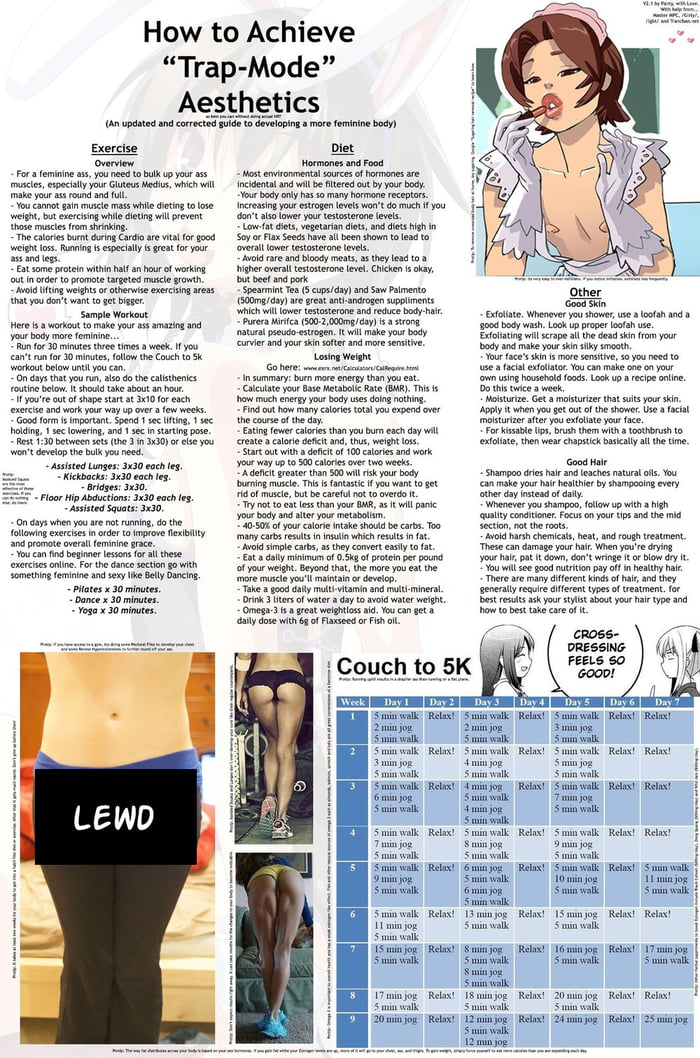 Teachers who care about you and your child.
Teachers who care about you and your child.
Our center for ballroom dancers has developed unique programs aimed at improving athletic performance, developing abilities and creating opportunities for ballroom dancing.
A team of choreographers with a special higher education who understand the peculiarities of dancing a Latin American or European ballroom dance program, who know the specifics of teaching sports choreography, anatomy, biomechanics, the process of properly organizing a dancer's preparation for training and competitions - for many years they have been helping athletes in acquiring high choreographic and sports form.
Visit our website [URL='http://www.ershova.ru/']www.ershova.ru[/URL] and see what ballroom dance programs we offer.
To us in the dance and choreographic center on the street. Gross 19A, which is located on the Garden Ring, metro station Paveletskaya or metro station Serpukhovskaya, Dobryninskaya there are a lot of dancers: children, juniors, youth and adults. Some are sent by coaches, others find us through hard search on the Internet or through acquaintances.
Some are sent by coaches, others find us through hard search on the Internet or through acquaintances.
We are always happy to cooperate with coaches: to listen to their wishes in working with dancers, to discuss a joint training program for athletes. After all, the work of a choreographer is a "dirty" job, we "clean" the legs and arms, stretch the body of the dancer, etc. And the coach does the main job - prepares for competitions and competitions, creates the image of a couple, teaches dance techniques, sets the main dance choreography.
Our center operates independently of dance organizations. We have dancers from STSR, RTS, MTS, MOTL, MFST, from the Pro-Am system, dancers from other cities come. Figure skaters, gymnasts, sports rock-n-rollers, divers, swimmers or athletes from synchronized swimming come. Anyone who needs sports choreography.
We have been helping dancers and coaches for over 15 years. I can proudly say that a huge number of athletes visited our walls, who later became champions of Russia and the World.
If you decide to come to our classes, or bring your children, then after consulting with your coach, you should identify the fundamental problem and get through by phone: +7 (499) 235-44-00 and +7 (925) 514 -61-74, sign up for a test lesson with me and determine what choreographic programs the athletes will do.
What does a choreographer do: advantages and disadvantages of the profession
Contents of the article
Dance numbers in theater productions, music videos, ice shows, at concerts are the work of a choreographer. This is a specialist who teaches dance art, comes up with choreography for events and works it out together with the dancers.
As a rule, dancers, ballet dancers, gymnasts, figure skaters who have a lot of experience behind them and can teach a lot can become a choreographer. Or young people who received a special education at a university. What tasks does a specialist perform:
- conducts dance and acting classes;
- is working on improving the technique of dancers, developing aesthetic and musical taste;
- puts on dance performances for both solo and collective performances;
- conducts rehearsals;
- picks up a stage look;
- comes up with a dance number according to the customer's requirements.

The choreographer creates the general picture of the production, then revives it with the help of dancers and music. In the course of work, she interacts with makeup artists, costume specialists, organizers, lighting and other people who are preparing the event.
What skills are needed for the job
A choreographer is a creative person who must have flexibility, endurance, be in good physical shape, have leadership skills, be able to convince and influence others. What other qualities are important:
- artistic taste,
- artistry,
- the ability to establish contact with people,
- ability to plan and organize training.
Where does the choreographer work
The specialist can work in art schools, theatres, circuses, dance studios, various troupes. The field of activity is very wide, so the choreographer will always be a sought-after specialist.
Advantages of the profession
- Interesting creative tasks.
- Regular physical activity.
- Opportunity to travel.
Disadvantages
- High risk of injury.
- Irregular working hours.
We asked Anastasia Chalova, laureate of Russian competitions and festivals, choreographer of city and regional events with experience as a choreographer for ballet dancers and the troupe of the state ensemble Kuban Cossack Choir named after V.G. Zakharchenko, teacher of modern choreography.
“A choreographer is a very, very multifunctional person, but most importantly, a creative person. Just as there are no identical people, there is no generally accepted standard, a “recipe” for a good choreographer. What should and what is necessary for this person to work? Let's just say, nothing will be superfluous.
In addition to high professional qualities directly related to the art of dance, it is also important - possession of the body, understanding of theoretical and practical skills for the development of physicality, fantasy, acting, knowledge of cultural heritage (which, by the way, is often neglected), the ability to build and communicate in the same language with as a light operator, to see the frame, if we are talking about a dance movie or video work, and much more.
My experience is that the more a person can do in related and even non-related areas, the better. Absolutely everything can be useful at work. Remembering outstanding choreographers, very often we see that their first profession was an activity completely unrelated to choreography: architects, mathematicians, biologists.
Why did they manage to "inherit"? I can assume that the most important element of success was the fact that they had different views on everyday things and a number of applied skills and knowledge obtained in their first profession, the use of which (in creating scenery, stage structures, feeling the power of color, music, multimedia accompaniment of the production, ideological solution) could distinguish them favorably among other choreographic works.
I am also an example of this, my first profession is a biologist, a biochemist. And only then I received a classical academic education in the field of choreographic art.
At the beginning of my journey, I kept wondering how it is possible to combine these two areas of knowledge, and is it possible? It turned out that there are many points of contact, ranging from physiology, anatomy of a dancer and ending with ideas, themes of possible productions. The deeper you look at the root of the issue, the more you can catch the nuances. And even more so, remembering that all modern dance gravitates towards the naturalness of movement, its anatomical freedom, a deep understanding of intra-corporeal connections, work with the subconscious, dance and movement therapy. It is enough to recall the Gaga dance technique, originally conceived by Ohad Naharin as a kind of act of emotional and bodily emancipation of a person, to understand how much physiology, namely the neurohumoral regulation of internal processes, affects the way a person moves and behaves in space.
Therefore, try to develop in several areas of knowledge that interest you.
Undoubtedly, all modern choreography is an ode to the intellectual, conceptual, innovative thinking of the choreographer. However, in pursuit of unusual, media, the desire to produce a fleeting "wow" effect often begins to prevail over the content of the dance, do not forget about this fine line.
Turning to the choreographic heritage of classical, folk, modern dance, one may wonder why we admire some choreographic works and find them relevant after decades, and sometimes even centuries? In my opinion, in the rationality and internal interconnection of everything that happens on the stage. And most importantly, their dance is a movement born specifically to solve a specific idea, the nature of the production. It is the uniqueness of the lexical material, the conversation of the mind of the dancer and the choreographer through the bodily embodiment that gives rise to that spiritual and emotional catharsis in the viewer, after which the viewer himself does not remain the same.
Do not forget that the most important thing in choreographic art is the idea, the goal and the intellectual way of its realization. The highest goal of a choreographer is not to be a craftsman, but an artist whose paintings will be recognizable by brush strokes. Therefore, look for yourself and your own style of artistic expression.
How to search for dance vocabulary? There are many approaches. I can give an example of one of the ways in which Hofesh Schechter, one of the most sought-after European contemporary dance choreographers in the world, does it. According to him, a choreographer needs to be able to “jump off a cliff”, as he explained to us one of the tasks set within the framework of the “Body in the Leading Role” laboratory for modern dance with the support of the Bolshoi Theater of Russia. The essence is in the correlation of the character of the hero and the conditions of his stage existence with the bodily embodiment of this movement. Do not control the movement, do not prepare to execute it, but let it happen.
Through such a search, “dig up” the author's movements and, on the basis of this, add up the further puzzle of the production.
Go your own intellectual way. I'll be honest, it's not easy, but the more difficult, the more interesting it will be, the more it will be yours. Develop intellectually, surround yourself with highly educated and cultured people, do not go into handicrafts and copying.
I can say from my own experience that no choreography will be good if it does not correspond with the inner world of the dancer. That is why I always calculate and listen to how much a person understands what he is dancing about, how much the psychotype of the hero of the work suits him, how my movements fall on his body. Therefore, you need to be flexible in many matters, but also firm, because as soon as the choreographer sees the ultimate goal, he must find ways to achieve it. And the success of the final product depends only on his efforts and skills.
Now let's talk about important skills.
The choreographer is the artist, his canvas is the stage. Even outside of it, he must be able to pay attention to the entire “canvas”, that's what I would like to say in more detail.
The activity of a choreographer depends on a huge number of people, from dancers to technical service. There is only one chance to present your work, for this you need to give clear tasks, instructions and check their implementation. Increasingly, the choreographer's activity does not end at the stage of working with the troupe, the specialist needs to think over the stage costume (fabric, color, texture, heaviness), the lighting score of the work, very often text or other leads to the number/dance fragment in the performance/show/clip. Often, the activity is associated with self-producing or producing a product, poster, content preparation is also on the choreographer. As a result, it turns out that the choreographer is also a director, he is also a director, he is also a producer. And if you are a producer, then at some point your actions cease to be intuitive, but turn into a certain kind of calculation: for whom the event is, what atmosphere you need to create, what you want or what you need to give to the viewer.
